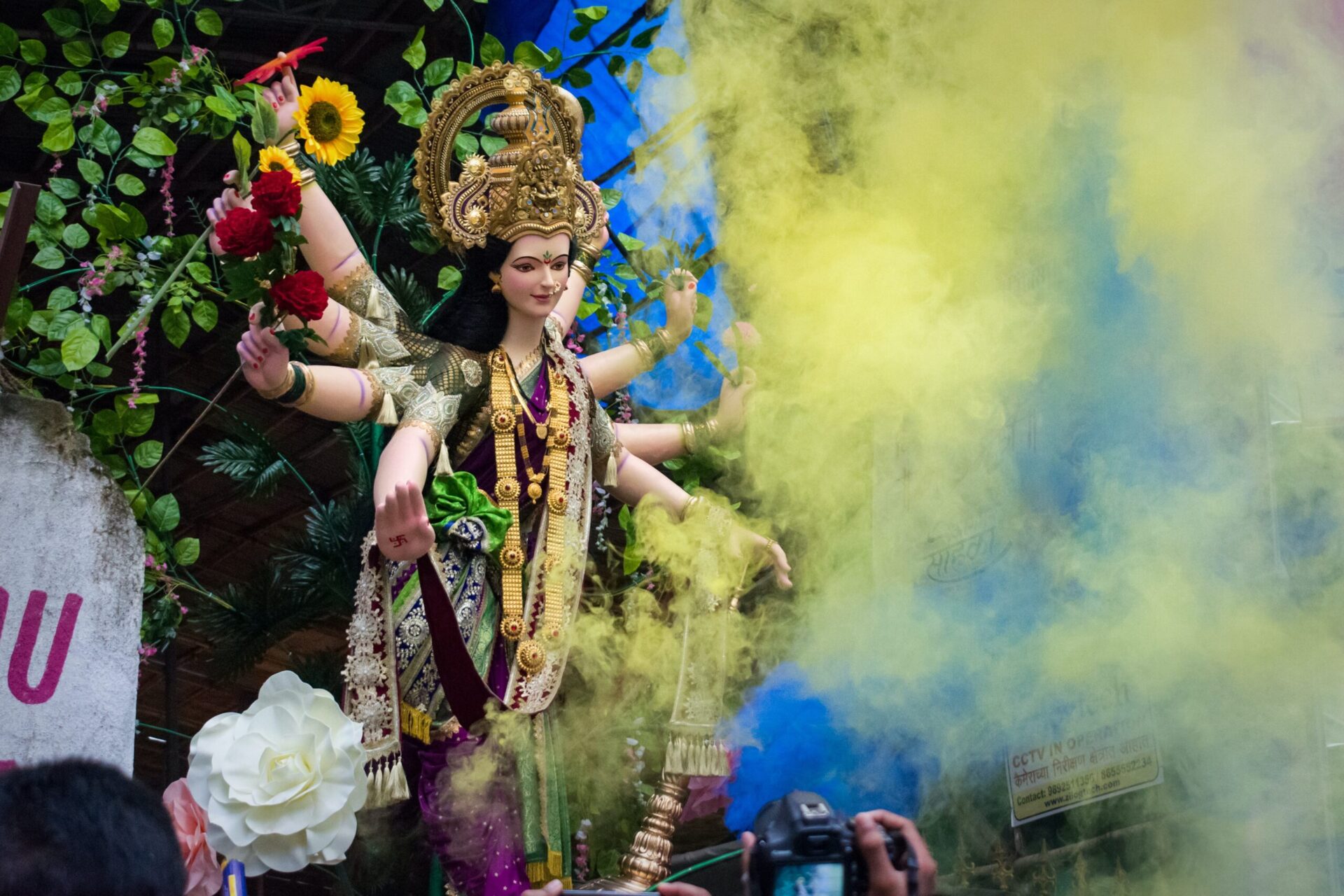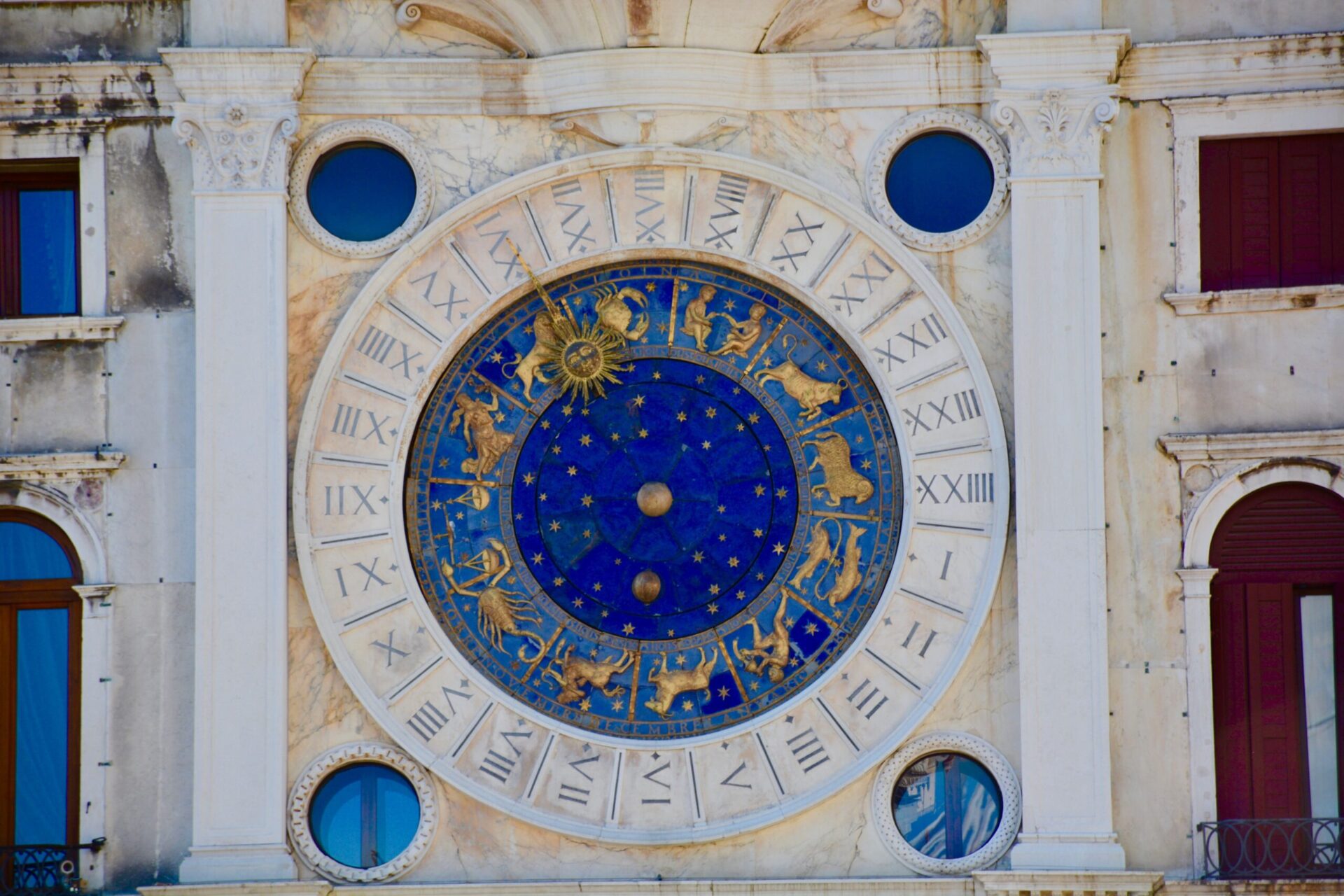You’ve probably heard about astrology and its influence on our lives, but have you ever wondered about the Navagrahas or 9 planets in Hindu astrology? These celestial bodies hold significant importance in Hinduism, with each planet representing a specific aspect and influence on our lives. From the fiery Mars to the serene Venus, each planet brings its unique energy and holds immense power in shaping our destiny. Join us as we explore the fascinating world of the Navagrahas and uncover the secrets they hold in Hindu astrology!

Table of Contents
Introduction
In Hindu astrology, the Navagrahas, or the nine planets, play a significant role in understanding and predicting celestial influences on human life. These celestial bodies, which include the Sun, the Moon, Mars, Mercury, Jupiter, Venus, Saturn, Rahu, and Ketu, hold immense importance in Hindu culture and have been revered for centuries. Believed to have a profound impact on various aspects of life, the Navagrahas are deeply rooted in Vedic texts and Hindu mythology. Understanding their characteristics, roles, and astrological significance can provide valuable insights into one’s life journey.
The Importance of Navagrahas in Hindu Astrology
Belief in Astrological Influence
In Hindu astrology, there is a strong belief that the positioning and movement of the Navagrahas can influence the course of life events. These cosmic energies are thought to affect individuals’ personalities, relationships, and even their destiny. By studying the Navagrahas, astrologers can gain insights into the future, offering guidance and remedies to mitigate the negative impacts of unfavorable planetary configurations.
Significance in Vedic Texts
The Navagrahas find mention in various ancient Vedic texts, including the Rigveda, Yajurveda, Atharvaveda, and Puranas. These scriptures provide in-depth knowledge about the Navagrahas and their importance in understanding the cosmic order. The planetary influences are intricately woven into the fabric of Hindu astrology, which finds its foundation in these revered texts.
Connection to Hindu Mythology
The Navagrahas are not just celestial bodies but are also associated with Hindu deities and mythological stories. Each planet is believed to be under the influence of a specific deity, which adds a rich layer of symbolism and significance. For example, the Sun God, Surya, governs the planet Sun (Surya Graha), while Chandra, the Moon God, presides over the Moon (Chandra Graha). These divine connections bring forth a deeper understanding of the Navagrahas’ roles and influence in Hindu culture.
Understanding the Navagrahas
To comprehend the significance of the Navagrahas, it is essential to explore the characteristics and roles played by each celestial body.
The Sun (Surya)
Surya, the Sun God, is considered the most influential among the Navagrahas. representing the soul and the source of life on Earth, Surya has a profound impact on one’s self-confidence, leadership abilities, and overall vitality.
The Moon (Chandra)
Chandra, the Moon God, is closely associated with emotions, intuition, and the mind. As the luminary of the night sky, Chandra influences one’s moods, mental well-being, and receptiveness to spiritual insights.
Mars (Mangal)
Mars, also known as Mangal, is the planet associated with courage, energy, and aggression. It rules over one’s drive, ambition, and the ability to overcome obstacles in life.
Mercury (Budha)
Mercury, or Budha, is regarded as the planet of communication, intelligence, and quick thinking. It governs one’s ability to express themselves effectively and adapt to changing circumstances.
Jupiter (Guru)
Jupiter, known as Guru, is the planet associated with wisdom, expansion, and spirituality. It represents good fortune, knowledge, and the ability to seek higher truths.
Venus (Shukra)
Venus, or Shukra, is considered the planet of love, beauty, and material comforts. It symbolizes harmony, artistic inclinations, and the ability to form meaningful relationships.
Saturn (Shani)
Saturn, known as Shani, is the planet of discipline, responsibility, and life lessons. It governs one’s ability to endure hardships, learn from experiences, and cultivate inner strength.
Rahu (North Lunar Node)
Rahu, the North Lunar Node, is a shadow planet that represents desires, ambitions, and worldly attachments. It can bring sudden ups and downs and has a strong influence on one’s karmic journey.
Ketu (South Lunar Node)
Ketu, the South Lunar Node, is another shadow planet associated with spirituality, detachment, and liberation. It governs one’s ability to let go of material attachments and seek higher consciousness.
Characteristics and Roles of Each Navagraha
Each Navagraha has its own unique set of characteristics and roles in Hindu astrology. Here is a closer look at what each planet represents:
The Sun (Surya)
- Represents the soul
- Governs vitality and self-confidence
- Affects leadership abilities and overall personality
The Moon (Chandra)
- Associated with emotions and the mind
- Influences intuition and receptiveness to spiritual insights
- Affects mental well-being and mood fluctuations
Mars (Mangal)
- Represents courage and energy
- Governs ambition and the ability to overcome obstacles
- Influences assertiveness and competitiveness
Mercury (Budha)
- Associated with communication and intelligence
- Governs analytical thinking and adaptability
- Affects the ability to express oneself effectively
Jupiter (Guru)
- Represents wisdom and spiritual growth
- Governs knowledge and luck
- Influences one’s ability to pursue higher education and aspirations
Venus (Shukra)
- Associated with love, beauty, and material comforts
- Influences artistic inclination and harmonious relationships
- Affects one’s sense of aesthetics and attraction to luxury
Saturn (Shani)
- Represents discipline and responsibility
- Governs life lessons and karma
- Influences perseverance and the ability to overcome challenges
Rahu (North Lunar Node)
- Represents desires and ambitions
- Influences sudden ups and downs in life
- Affects materialistic pursuits and karmic journey
Ketu (South Lunar Node)
- Associated with spirituality and detachment
- Governs liberation and inner growth
- Influences the ability to let go of material attachments

The Astrological Significance of Navagrahas
Understanding the astrological significance of the Navagrahas provides valuable insights into various aspects of life.
Determining Life Events
The positioning and transits of the Navagrahas are believed to have a profound impact on major life events such as births, marriages, career developments, and even health issues. By analyzing these planetary influences, astrologers can provide guidance and predict the timing of significant milestones.
Influence on Individual Characteristics
The Navagrahas play a crucial role in shaping one’s personality traits and natural disposition. For example, the presence of Jupiter in one’s birth chart can indicate a person with a naturally optimistic and philosophical outlook. These cosmic energies influence different aspects of character, temperament, and behavior patterns.
Effects on Planetary Transits
Planetary transits occur when the celestial bodies move through different zodiac signs, affecting all areas of life. Understanding the Navagrahas’ influence during these transits helps individuals make informed decisions, anticipate challenges, and leverage opportunities presented by the changing planetary configurations.
Astrological Remedies
The Navagrahas are not only associated with potential challenges but also offer remedies to mitigate their negative impacts. These remedies can include wearing specific gemstones, performing rituals, reciting mantras, and conducting pujas or homams. These practices are aimed at balancing and channeling the planetary energies for favorable outcomes.
Worship and Propitiation of Navagrahas
Devotees can worship the Navagrahas for guidance, protection, and blessings. Several practices and rituals are associated with propitiating these cosmic energies.
Temples Dedicated to Navagrahas
Temples dedicated to each of the Navagrahas are scattered across India, representing the divine abode of these celestial bodies. These temples attract devotees seeking blessings and remedies related to specific planetary influences.
Navagraha Mantras and Prayers
Devotees often chant specific mantras and prayers dedicated to each of the Navagrahas. These ancient verses invoke the divine energies associated with the respective planets and are believed to help harmonize their influences in one’s life.
Navagraha Pujas and Homams
To appease and seek the favorable blessings of the Navagrahas, special pujas and homams (fire rituals) are performed by trained priests. These rituals help individuals connect with the celestial energies and seek resolution for their specific challenges or desires.

Navagrahas in Art and Architecture
The Navagrahas have a significant presence in Hindu art and architecture, leaving a lasting impact on the cultural landscape.
Depictions in Hindu Temples
Hindu temples often feature exquisite sculptures and artwork depicting the Navagrahas. These depictions showcase the unique characteristics and symbolic associations of each planet, allowing devotees to connect with their energies while seeking blessings.
Influence on Temple Designs
The design and layout of Hindu temples incorporate principles of Vedic astrology and the Navagrahas. The placement of the main deity and the architecture of the temple premises are often aligned with the planetary energies associated with different directions and elements. These designs seek to harness the positive influences of the Navagrahas.
Symbolism in Sculptures
The intricate carvings and sculptures of the Navagrahas serve as symbolic representations of their energies and influences. These visual representations are not only aesthetically pleasing but also convey deeper meanings and spiritual significance to the devotees.
Navagrahas in Daily Life
The Navagrahas’ influence extends beyond temples and rituals and permeates various aspects of daily life.
Auspicious and Inauspicious Times
Hindu astrology emphasizes the importance of considering the Navagrahas when determining auspicious times for significant events. From initiating new ventures to conducting ceremonies, understanding the planetary influences can help individuals make informed decisions and maximize favorable outcomes.
Astrological Consultations
Astrologers frequently analyze the positions and transits of the Navagrahas to provide insights and guidance to individuals seeking astrological consultations. These consultations can offer valuable perspectives on areas such as career, relationships, health, and finances.
Astrology-Based Decisions
The Navagrahas’ influence is often factored into decision-making processes, ranging from personal choices to business strategies. By considering the planetary positions and their potential impacts, individuals and organizations can make informed decisions that align with favorable cosmic energies.
Cultural Significance of Navagrahas
The Navagrahas hold immense cultural significance in Hinduism, permeating various aspects of Indian life and traditions.
Celebrations and Festivals
Festivals such as Navagraha Homam, Navgrah Jayanti, and Navagraha Pujas are celebrated to honor the Navagrahas and seek their blessings. Devotees participate in these festivities with great fervor, offering prayers and making offerings to the celestial bodies.
Inclusion in Astrology Education
Learning about the Navagrahas is an integral part of astrology education in Hindu culture. Aspiring astrologers study their characteristics, influences, and remedies to provide accurate predictions and guidance to those seeking astrological insights.
Impact on Indian Art and Literature
The Navagrahas have played a significant role in inspiring Indian art, literature, and mythology. Their depictions in ancient scripts, sculptures, and paintings have created a cultural tapestry that represents the celestial forces worshipped by generations of Indians.
Conclusion
The Navagrahas, or the nine planets in Hindu astrology, have an enduring significance in shaping and influencing human lives. From their roles in Vedic texts and mythology to their astrological significance and worship, the Navagrahas hold a central position in Hindu culture. By understanding their characteristics, roles, and astrological impact, individuals can seek guidance, make informed decisions, and navigate the celestial influences in their lives. The Navagrahas continue to inspire devotion, art, and cultural celebrations, reminding us of the timeless connection between the cosmos and our existence.